Results showed significant variation, potential for selective breeding
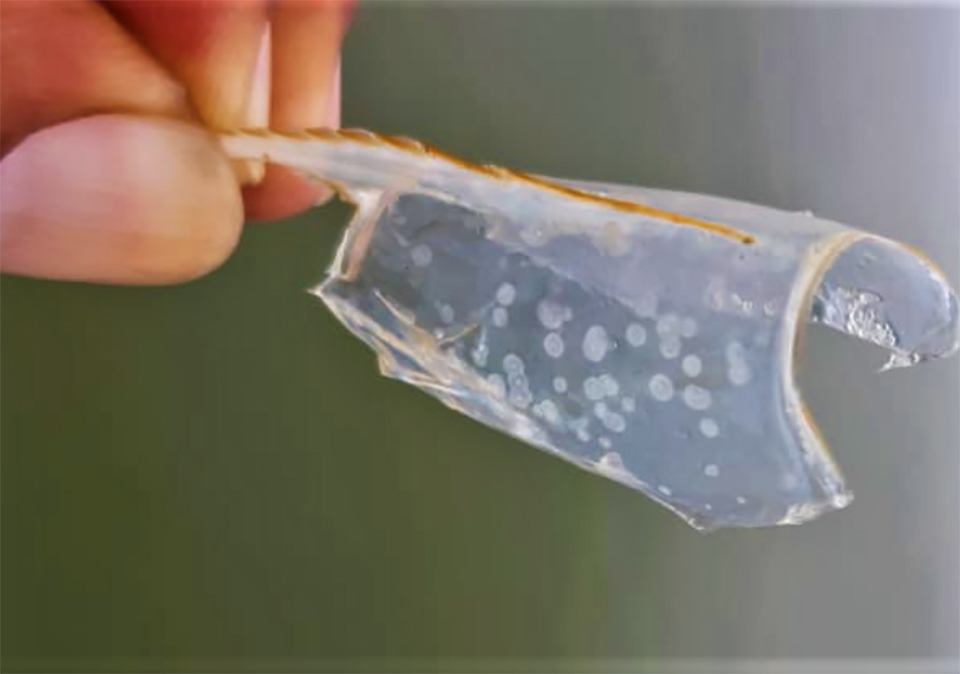
Several important diseases have affected the shrimp farming industry globally for many years and caused significant economic losses. White Spot Syndrome Virus (WSSV) is a major shrimp pathogen and its infection in Pacific white shrimp (Litopenaeus vannamei) is characterized by rapid mortality of up to 100 percent within 7 to 10 days. In grow-out culture, shrimp at all ages and sizes are sensitive to WSSV but the highest mortality rates usually occur 1 to 2 months after stocking.
To date, measures to control WSSV include improving environmental rearing conditions and management practices, using specialized formulated diets to boost the shrimp immune system and other practices. However, none of these methods are cost-effective or practical. The development of highly WSSV-resistant lines of L. vannamei through conventional selective breeding approaches is the first step of a long-term genetic improvement program for this shrimp species to promote sustainable development of the global shrimp farming industry.
To date, there is no published information regarding genetic parameter estimates for WSSV resistance at different times of infection in juvenile L. vannamei. Knowledge on genetic variation in WSSV resistance and its relationship with body weight at different stages of growth development can provide basic information to develop genetic measures to improve commercial traits in the future breeding selection programs for this species.
This article – summarized and adapted from the original article (Trang TT, Hung NH, Ninh NH, Knibb W and Nguyen NH (2019) Genetic Variation in Disease Resistance Against White Spot Syndrome Virus in Litopenaeus vannamei. Front. Genet. 10:264) – estimated the heritability for WSSV resistance and its genetic correlation with body weights during the early juvenile stage and at harvest through a challenge test. Additionally, the study analyzed WSSV titer to understand pathogenic differences between the high and low WSSV resistance families.
This study was funded by the Ministry of Agriculture and Rural Development (MARD) and Research Institute for Aquaculture No. 3 (RIA3) of Vietnam, and we thank the staff at the RIA3 for their support.
Study setup
Shrimp used in this study were from the third generation of a L. vannamei population selected for high growth at the Research Institute for Aquaculture No. 3 (RIA3), in Nha Trang, Khanh Hoa, Vietnam. The founder population included eight stocks from Mexico, Ecuador, Colombia, USA, Thailand and Indonesia. Selection for high growth has been implemented for over three years, and of a total of 150 full- and half-sib families produced, 200 animal representatives of each of these families were randomly sampled for this study.
When shrimp reached an average size of 2 grams, they were screened by PCR for four pathogens (IHHNV, YHV, TSV and AHPNV) to ensure that the juveniles were disease-free. A total of 30,000 shrimp from 150 families (200 animals per family) were tagged and measured for body weight and length. Of these, 15,000 shrimp were used for the challenge test and the other half 15,000 individuals were kept in biosecure rearing systems as a back-up population.
The challenge test was conducted at the National Centre for Marine Breeding (NCMB) of RIA3. It was carried out by communal rearing of families over a 15-day experimental period in WSSV-infected water containing 2 × 104 WSSV copies/mL.
For detailed information on the experimental design; genetic population; family production, rearing and tagging; challenge test; real-time PCR for sample analysis; data collection; and statistical analyses – including survival rate and general linear model analysis and genetic parameters – refer to the original publication.
Results and discussion
In this study we report for the first time genetic parameters for WSSV resistance and body weight at six different infection phases in juvenile shrimp. The heritability estimates for survival rate in the first three measurements were higher than those obtained in the later periods (0.36 to 0.20 for three days, five days vs. 0.04 to 0.14 for nine, 12 and 15 days). This decelerating trend of heritability was also observed when statistical analysis was conducted separately for six different time intervals from day 1 to 3, 3 to 5 and 12 to 15.
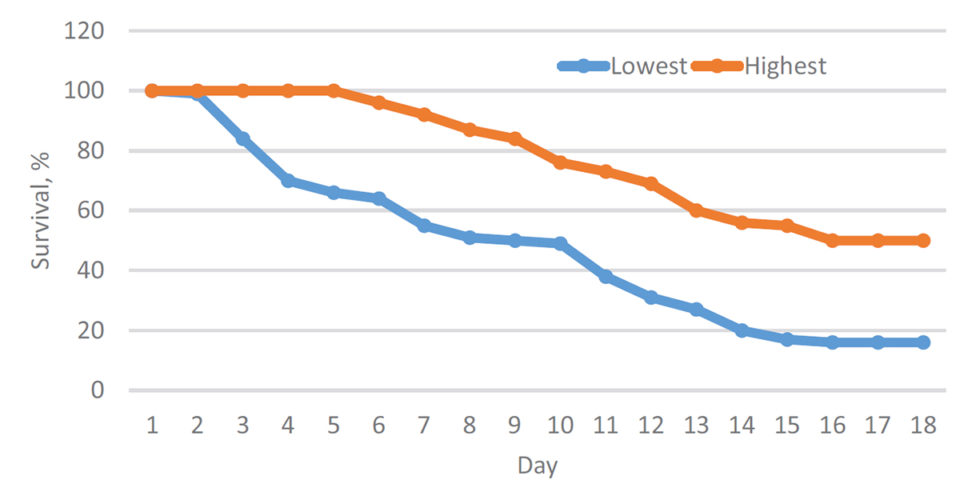
The close to zero heritabilities for 12 and 15 days were likely because mortalities had ceased before 15 days of infection and hence, the resistance to WSSV may have been less dependent on the innate immunity differences between the animals. This likely relied more on non-genetic factors (including re-exposure or other random non-genetic stress factors). These non-genetic factors could have created “background noise” masking genetic effects on WSSV resistance in the later experimental periods. Depending on virulence, challenge method, environmental condition and cut-off for end of the experiment, our results suggest that selection for WSSV resistant trait can be effective in the early phase of infection in L. vannamei.
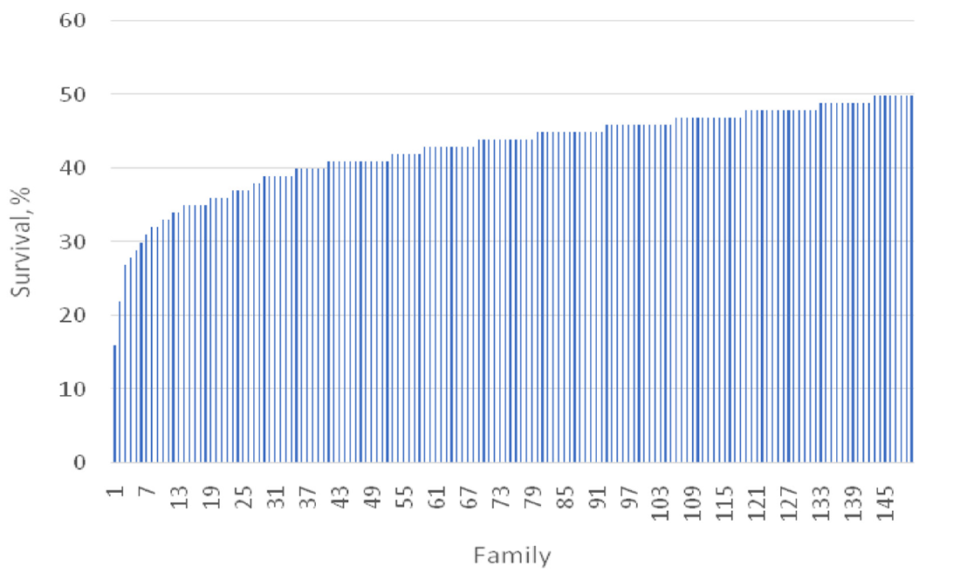
Genetic association between body weight and resistance to WSSV in L. vannamei at different infection times during the challenge test has not yet been reported. In our study, the genetic correlations between WSSV resistance and body weight at tagging (∼2 grams) and harvest (24 grams) were negative in the early phase of rearing but the genetic correlations estimates were not significant between body weight and WSSV resistance recorded over the entire experimental period (0 to 15 days).
Although moribund/dead shrimp were collected frequently, cannibalism may have occurred due to size variation in the population. Bigger shrimp likely had greater exposure to the pathogen during the challenge test. Collectively, it is suggested that selection for high growth may not have detrimental effect on disease risk of the population. Selection for high growth will reduce production time and hence, reducing exposure to the pathogen and risk of infection. However, when more data is accumulated, further analysis should be conducted to confirm the genetic correlations between WSSV resistance and body weights in this population of L. vannamei.
In terms of practical implications and significance for breeding programs, with the growing relevance of diseases to the commercial production of L. vannamei, the development of disease-resistant varieties is considered an effective solution in disease prevention. In this study, we showed that, regardless of the statistical models used, there is substantial additive genetic variation in WSSV resistance, especially during the early phase of the challenge test that provides prospects for future improvement of this trait in the present population of L. vannamei.
Perspectives
Our results showed that WSSV resistance is heritable in this population of L. vannamei, suggesting that genetic improvement in WSSV resistance can be achieved via selective breeding. Genetic correlations of WSSV resistance between different infection times were high; consequently, selection can be carried out early, e.g., three to five days after the challenge test to save costs associated with further feeding and rearing the animals, thereby increasing the efficiency of selective breeding programs.
More data are needed to better understand the genetic relationships between body weight, viral titer and WSSV resistance in the present population of L. vannamei shrimp. Examining the effect of genotype by environment interaction on these traits also merits further study, to assist the design and implementation of genetic improvement programs for this species of shrimp.
References available from the original publication.
Now that you've reached the end of the article ...
… please consider supporting GSA’s mission to advance responsible seafood practices through education, advocacy and third-party assurances. The Advocate aims to document the evolution of responsible seafood practices and share the expansive knowledge of our vast network of contributors.
By becoming a Global Seafood Alliance member, you’re ensuring that all of the pre-competitive work we do through member benefits, resources and events can continue. Individual membership costs just $50 a year.
Not a GSA member? Join us.
Authors
-
Trinh Thi Trang, Ph.D.
Corresponding author
Faculty of Science, Health, Education and Engineering
GeneCology Research Centre
University of the Sunshine Coast
Maroochydore, QLD, Australia; and
Vietnam National University of Agriculture
Gia Lâm, Vietnam[117,97,46,117,100,101,46,99,115,117,46,104,99,114,97,101,115,101,114,64,105,104,116,104,110,105,114,116,46,103,110,97,114,116]
-
Nguyen Huu Hung, Ph.D.
Research Institute for Aquaculture No. 3
Nha Trang, Vietnam -
Nguyen Huu Ninh, Ph.D.
Research Institute for Aquaculture No. 3
Nha Trang, Vietnam -
Wayne Knibb, Ph.D.
Vietnam National University of Agriculture
Gia Lâm, Vietnam -
Nguyen Hong Nguyen, Ph.D.
Vietnam National University of Agriculture
Gia Lâm, Vietnam
Tagged With
Related Posts
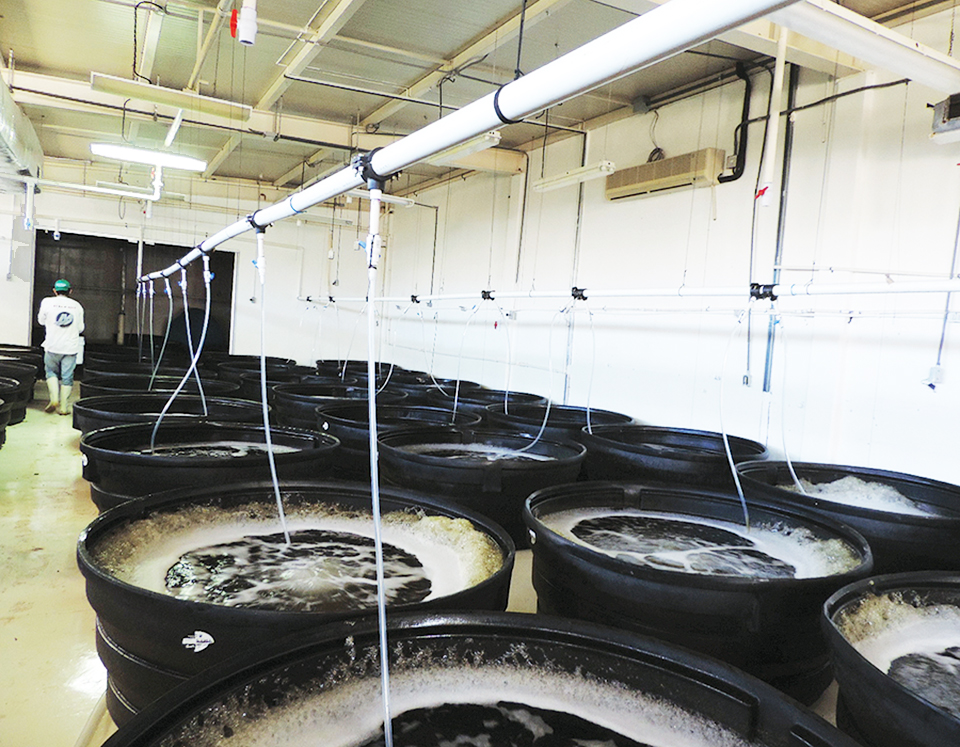
Health & Welfare
Mineral extract reduces EMS, WSSV impacts in Pacific white shrimp
The authors recently performed a study to evaluate immunity to white spot syndrome virus and virulent Vibrio parahaemolyticus in shrimp treated with a new mineral extract additive in pelletized feeds.
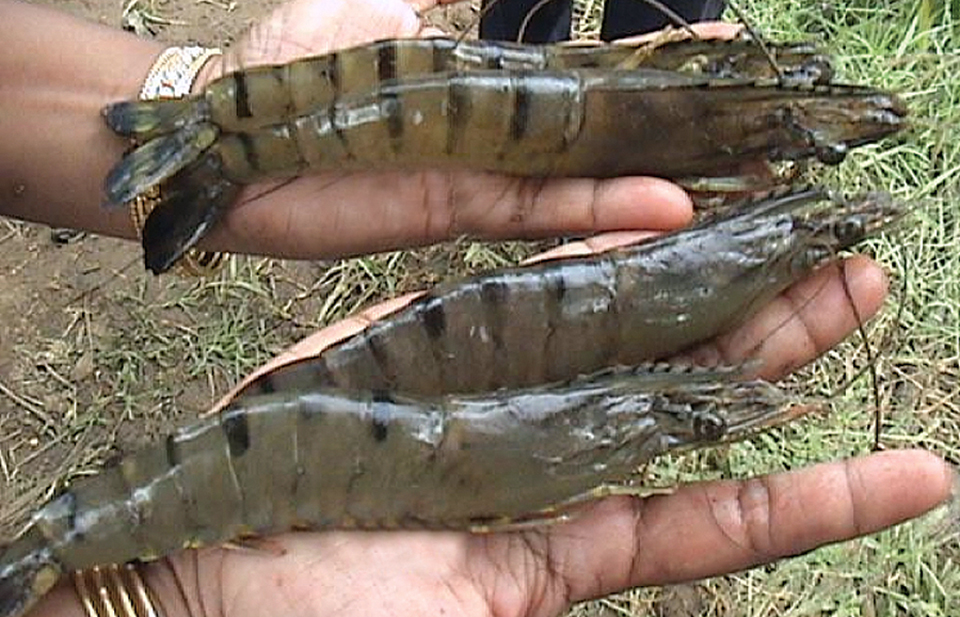
Health & Welfare
Red hogweed fights WSSV, promotes growth in tiger shrimp
A study carried out with the herb punarnava showed that it has antiviral properties in resisting WSSV infection and holds potential to promote growth in tiger shrimp. Increased survival was related to higher dosages.
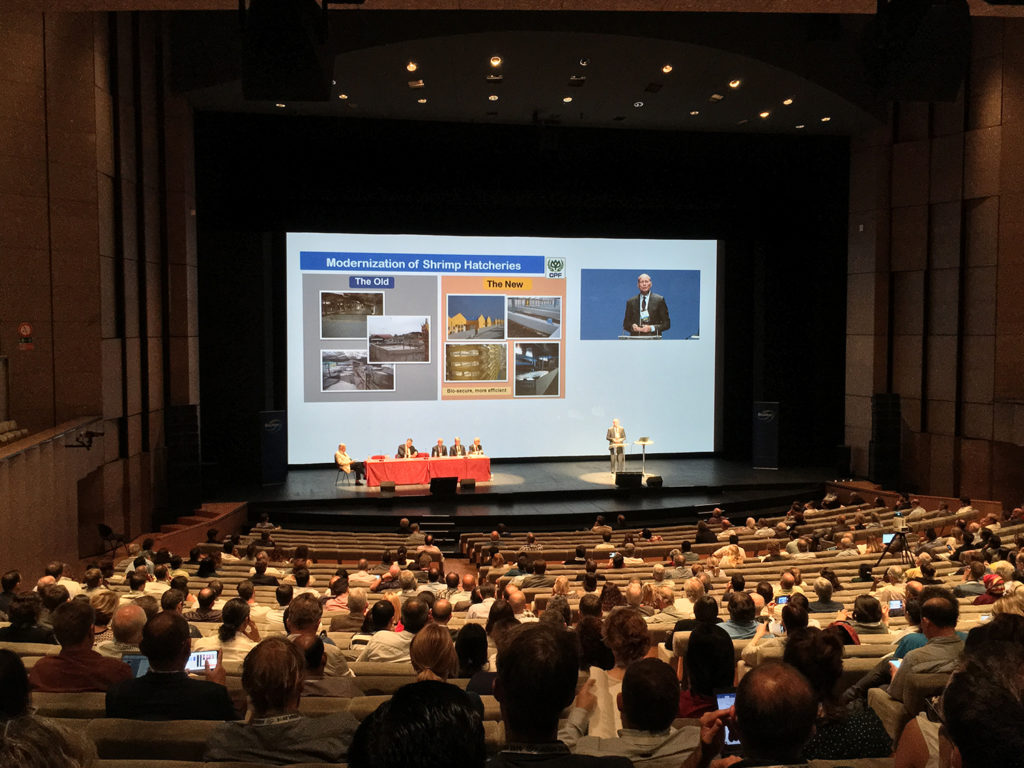
Intelligence
The message from Montpellier: Get innovative, efficient
AQUA 2018 brought together more than 3,000 aquaculture stakeholders from around the world, including keynote speakers Árni M. Mathiesen, Robins McIntosh and Øyvind Oaland.
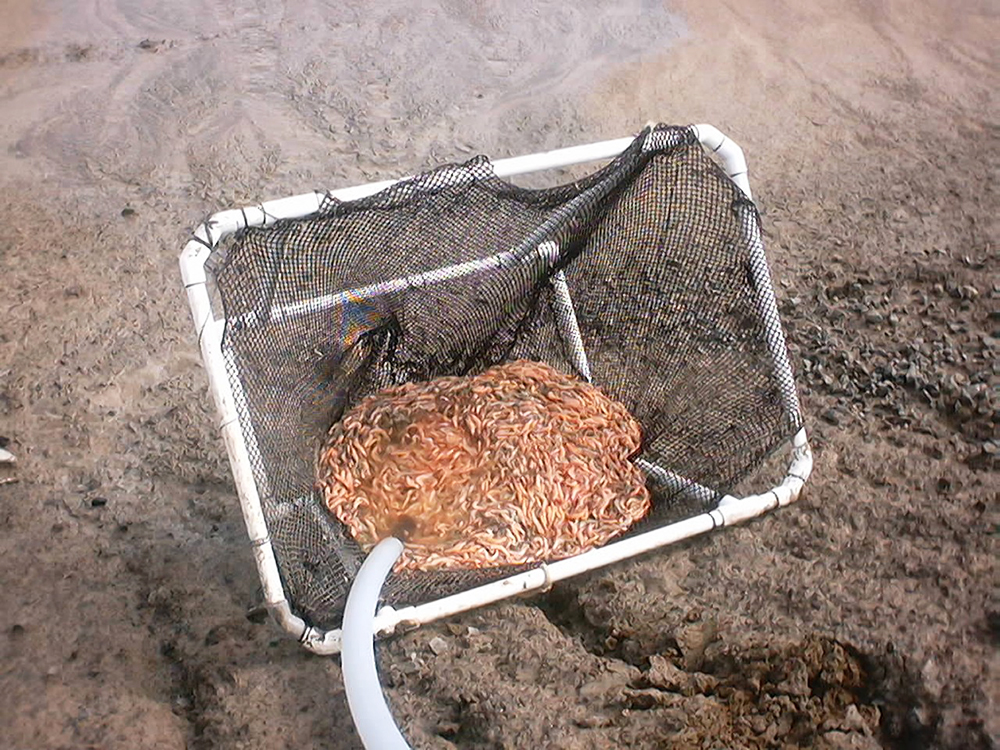
Aquafeeds
Biosecurity protocols needed for shrimp feeds, feeding practices
Shrimp aquafeeds – live, fresh or formulated – should not be an entry point of potential pathogens to the shrimp and/or to their culture systems.


